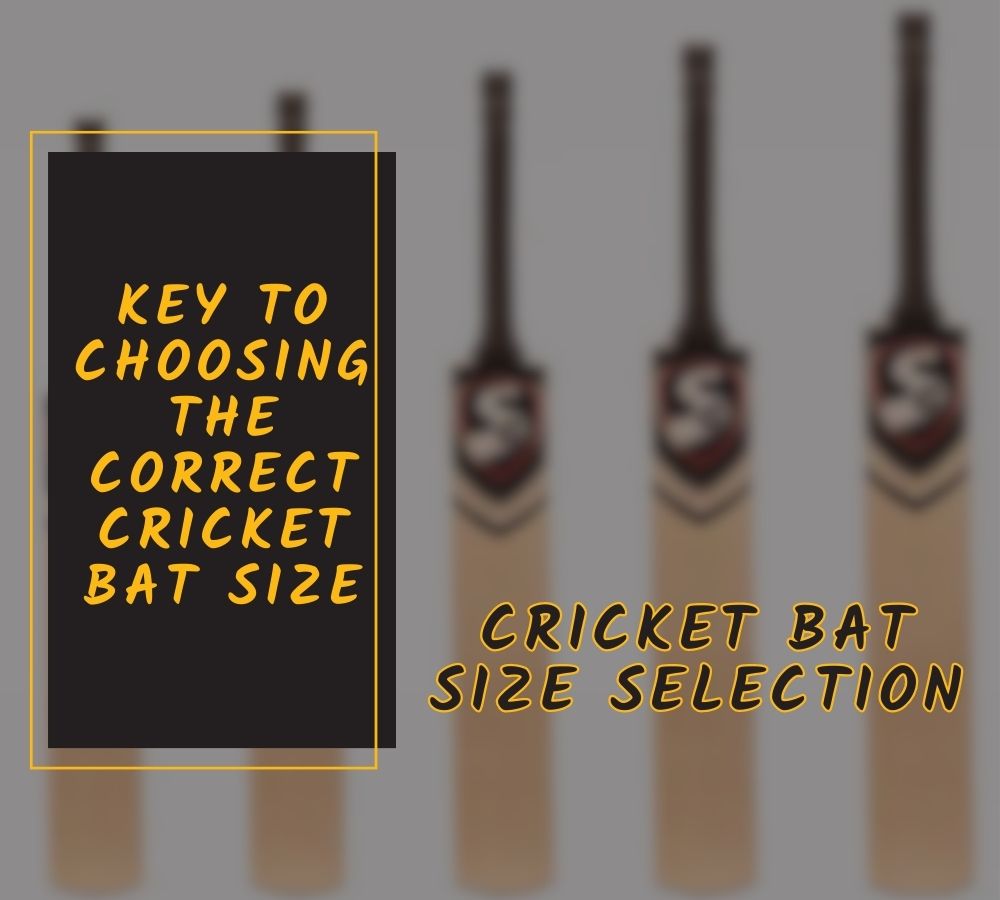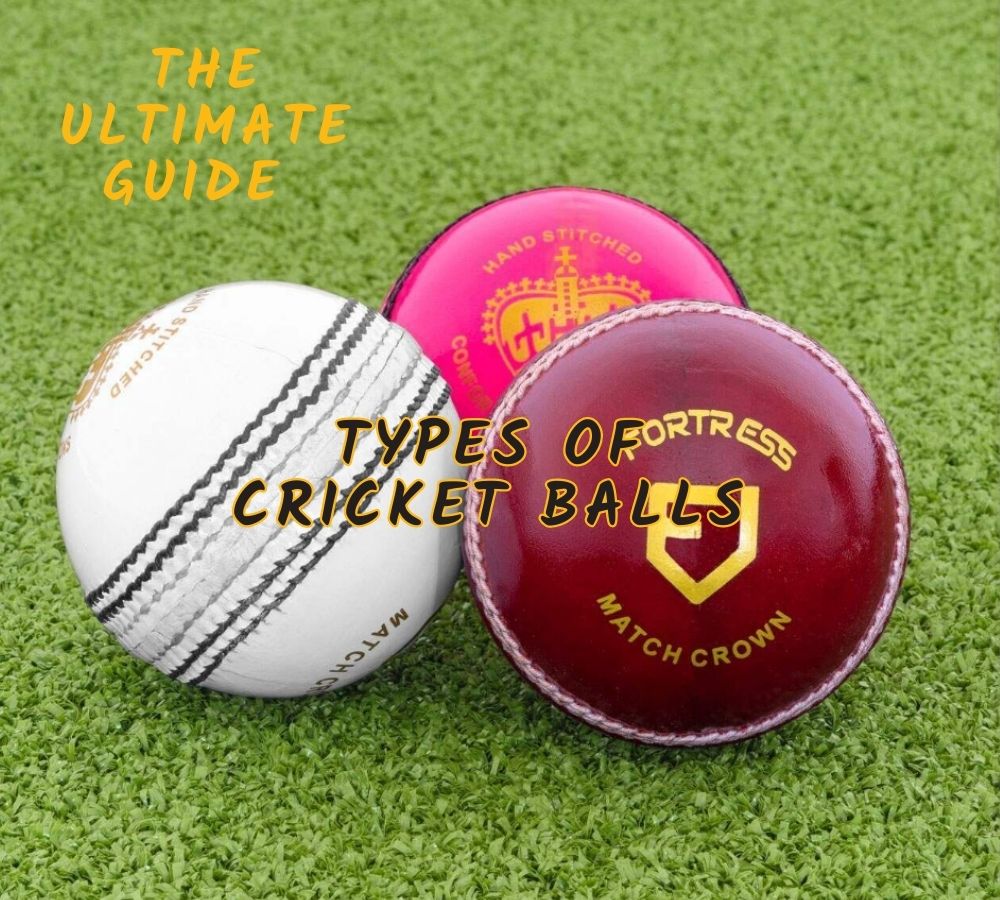Bowling, an integral aspect of cricket, involves a strategic battle between the bowler and the batsman.
The ability to deliver a well-directed and skillful ball that outwits the opponent lies at the heart of this captivating sport.
In this comprehensive article, we embark on an immersive journey through the various types of bowling techniques that have shaped the history of cricket.
From subtle spin variations to lightning-fast pace deliveries, each bowling technique presents its own challenges and excites fans worldwide.
Whether you are a cricket enthusiast seeking to expand your knowledge or a budding cricketer eager to refine your skills, this article is your ultimate guide to understanding the art of bowling.
Exploring the Different Types of Bowling Techniques
1. Fast Bowling: Unleashing Thunderous Pace
a. Swing Bowling: The Art of Shaping the Ball in Mid-Air
Swing bowling is a mesmerizing art that involves imparting lateral movement to the cricket ball while it is in flight.
This technique relies on the manipulation of the ball’s seam position, coupled with the skillful use of wrist position and grip.
By creating variations in air pressure on either side of the ball, swing bowlers can generate late movement, deceiving batsmen and causing them to make mistakes.
b. Seam Bowling: Extracting Devastating Movement off the Pitch
Seam bowling is a craft that involves making the most of the conditions offered by the pitch.
The seam bowler’s primary objective is to exploit the irregularities and rough patches on the pitch to generate movement.
By landing the ball on or around the seam, seam bowlers can extract lateral or vertical movement, making it challenging for batsmen to anticipate the ball’s trajectory.
c. Reverse Swing Bowling: The Art of Reverse Movement
Reverse swing bowling is a phenomenon that mesmerizes cricket enthusiasts worldwide.
It involves manipulating an older ball to generate movement in the opposite direction to conventional swing.
By skillfully roughing up one side of the ball and preserving the shine on the other, bowlers can achieve reverse swing, confounding batsmen with unexpected late movement.
2. Spin Bowling: The Enigma of Turning Deliveries
a. Off-Spin Bowling: The Art of Right-Arm Finger Spin
Off-spin bowling is a classical form of spin bowling predominantly employed by right-arm finger spinners.
The bowler imparts a combination of revolutions and flight to the ball, causing it to drift in the air before gripping the surface and spinning away from the batsman.
The subtle variations in grip and release create a challenge for batsmen, testing their ability to read the spin and make accurate shots.
b. Leg-Spin Bowling: The Mystique of Wrist Spin
Leg-spin bowling, known for its unpredictable and deceptive nature, is a wrist spin technique that requires immense skill and control.
The leg-spinner uses a combination of wrist action, finger positioning, and variations in flight and pace to make the ball deviate off the pitch.
With the ability to spin the ball both ways, leg-spinners often leave batsmen guessing and struggling to cope with the spinning deliveries.
c. Chinaman Bowling: The Unorthodox Mystery
Chinaman bowling, a rare and unorthodox technique, involves a left-arm wrist spinner delivering wrist spin with a leg-spinner’s action.
This unexpected variation in spin often catches right-handed batsmen off guard, as the ball spins into them instead of away.
Chinaman bowlers add a touch of mystery and unpredictability to the game, challenging batsmen to adapt swiftly.
3. Variations and Unconventional Bowling Techniques
a. Slower Balls: The Art of Deception
Slower balls are an essential tool in a fast bowler’s arsenal, designed to deceive batsmen with a change of pace.
By adjusting their grip, wrist position, or release point, bowlers can deliver the ball at a significantly reduced speed, often causing batsmen to mistime their shots.
Slower balls add a strategic dimension to bowling, enabling bowlers to gain an upper hand in the battle between bat and ball.
b. Cutters: Mastering the Art of Seam Position
Cutters are variations in seam bowling that involve deliberately changing the position of the seam at the point of release.
By using finger or wrist positions to create a cutting effect on the ball, bowlers can make it deviate off the pitch, creating confusion for batsmen.
Cutters are effective on dry pitches or when the ball becomes scuffed and loses its shine.
c. Knuckleballs: The Subtle Change-Up
Knuckleballs are a specialized variation in pace bowling that relies on disguising the delivery by utilizing the knuckles of the fingers.
By removing the backspin that typically generates bounce, bowlers can produce a slower and more unpredictable delivery that often deceives batsmen.
Knuckleballs require precise execution and control, adding an element of surprise to a bowler’s repertoire.
Frequently Asked Questions (FAQs) about Different Types of Bowling Techniques
1. Which bowling technique is most effective in swinging conditions?
In swinging conditions, swing bowling techniques such as conventional swing and reverse swing become particularly effective. Bowlers who can consistently generate late movement in the air have a significant advantage, as it becomes challenging for batsmen to predict the swing and adjust their shots accordingly.
2. What is the key to spin bowling success?
The key to spin bowling success lies in the ability to consistently generate spin and deceive batsmen with flight, trajectory, and variations in spin. Skillful control over the wrist, finger positions, and subtle changes in pace are crucial in spin bowling, allowing bowlers to outfox batsmen and create opportunities for wickets.
3. How can fast bowlers, generate more pace?
Fast bowlers can generate more pace by focusing on their run-up, body alignment, and the correct use of the bowling arm. Building strength and incorporating specific exercises to enhance core and leg power also contribute to increased pace. A smooth and explosive action combined with proper biomechanics allows fast bowlers to unleash thunderous deliveries.
4. What are the variations in seam bowling?
Seam bowlers have a range of variations at their disposal, including cutters, knuckleballs, and back-of-the-hand slower balls. These variations involve manipulating the position of the seam, utilizing different grips, or delivering the ball with unique techniques to create movement off the pitch. Each variation poses a different challenge for batsmen, making seam bowling an intriguing aspect of the game.
5. Are there any specific training drills for developing bowling skills?
Yes, there are various training drills to improve bowling skills. These include practicing accuracy and line control, focusing on strengthening the bowling arm and wrist, working on run-up mechanics, and incorporating exercises to enhance core and lower body strength. Additionally, bowlers can benefit from analyzing their own technique through video analysis and seeking guidance from experienced coaches.
6. Can spinners bowl faster deliveries?
While spinners are typically known for their slower deliveries, some spinners can develop the ability to bowl faster deliveries, known as “arm balls.” These deliveries involve using a quicker arm action with minimal spin, aiming to deceive batsmen who are anticipating slower deliveries. Developing the skill to bowl faster deliveries as a spinner requires practice, control, and the ability to vary pace effectively.
7. Which bowling technique is most effective in limited-overs cricket?
In limited-overs cricket, variations in pace bowling and spin bowling techniques are often favored. Bowlers who can execute effective slower balls, cutters, and variations in spin have the potential to disrupt the rhythm of batsmen and create wicket-taking opportunities. The ability to deceive batsmen and adapt to different match situations is crucial in limited-overs cricket.
8. Can bowlers master multiple bowling techniques?
Yes, many bowlers excel in multiple bowling techniques. Some bowlers possess the skills to be effective in both swing and seam bowling, while others may combine spin variations with conventional swing or seam techniques. The ability to adapt to different match conditions and learn different bowling styles adds versatility to a bowler’s repertoire.
9. What is the impact of technology on bowling techniques?
Technology has significantly impacted bowling techniques by providing bowlers with insights into their performance, including speed, trajectory, and spin. Video analysis tools allow bowlers to analyze their own technique and make necessary adjustments. Additionally, innovations such as bowling machines and virtual simulations provide realistic practice scenarios, aiding bowlers in refining their skills.
10. How do bowlers maintain consistency in their bowling?
Bowlers maintain consistency through regular practice, focusing on their run-up, release points, and follow-through. Building a strong foundation in terms of fitness, flexibility, and strength is essential for maintaining a repeatable and consistent bowling action. Analyzing performances, learning from each match, and seeking guidance from coaches also contribute to maintaining consistency over time.
Conclusion:
Bowling in cricket is an art that showcases the mastery, creativity, and strategic acumen of bowlers. This comprehensive guide has explored various types of bowling techniques, including fast bowling, spin bowling, and variations within each category. From the swing and seam movements of fast bowlers to the spin wizardry of spinners, each technique presents its unique challenges and rewards.
By understanding the intricacies of different bowling techniques, cricket enthusiasts can appreciate the skill and dedication required to excel in this aspect of the game. Whether you aspire to be a bowler or simply wish to gain deeper insights into the sport, the knowledge shared in this article will undoubtedly enhance your cricketing experience.
Remember, mastering different types of bowling techniques requires patience, practice, and a profound understanding of the game. Embrace the art of bowling, experiment with various techniques, and unleash your skills on the field, adding your own flair to the captivating world of cricket.




